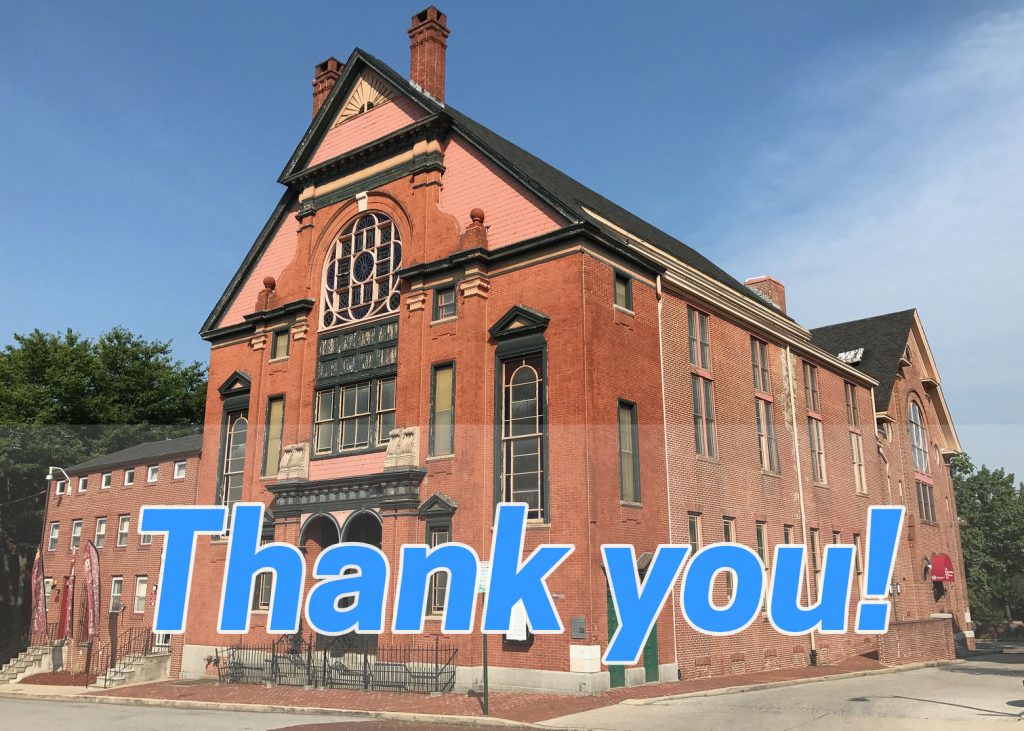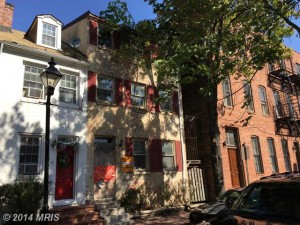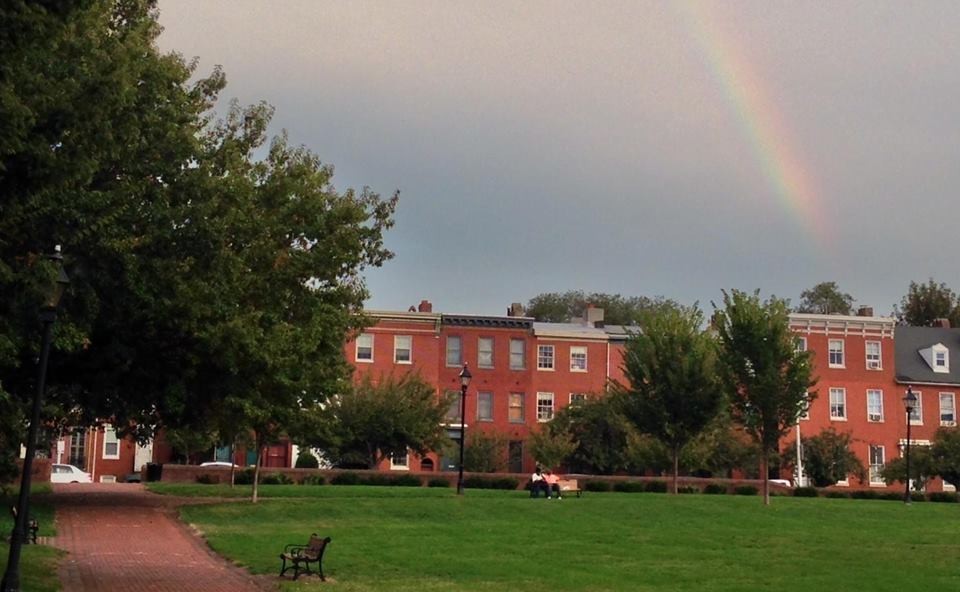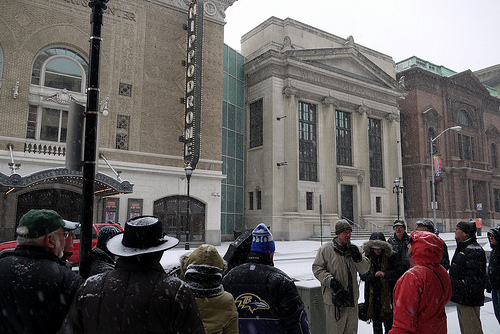We’re throwing a party on Tuesday, October 2, 2018 and you are the reason for the celebration. This is our third year hosting a heartfelt thank you event for the many people who volunteer, participate in our heritage tours, and support Baltimore Heritage as members and sponsors. Our friends at the Greater Baltimore Urban League are opening up their historic Orchard Street Church for this free event that will include tours of the church (among the oldest structures built by a local Black congregation), food, drinks, and a chance for you to help us give away four preservation micro-grants.
This event is also our annual meeting where members elect new board members and officers. Please join us!
Also check out our jam-packed schedule of tours and talks over the next few weeks. On the afternoon of Sunday, September 23, local historian Jack Burkert will kick off our history lecture series at the Garrett Jacobs Mansion with a talk entitled: The Port of Baltimore: Shaping the City Over the Ages. On Wednesday, September 26, we are touring the Sheppard Pratt Hospital complex. And on the morning of Tuesday, October 2, we are repeating our tour of Fashions Unlimited garment factory.
Finally, we are teaming up with Doors Open Baltimore again for a unique bus tour: Masons, Jazzmen, Doctors and More. Join us and CHAP director Eric Holcomb on this narrated trip that includes five fantastic sites: the Prince Hall Masonic lodge, Eubie Blake National Jazz Center, Davidge Hall, Rachael’s Dowry Bed and Breakfast, and the Ambassador Marburg Mansion on Mount Vernon Place.
Thank you again to everybody who volunteers with us and supports our work as members and contributors. Without you, we could not do what we do. I hope you can join us on October 2 and on some of our upcoming events.







